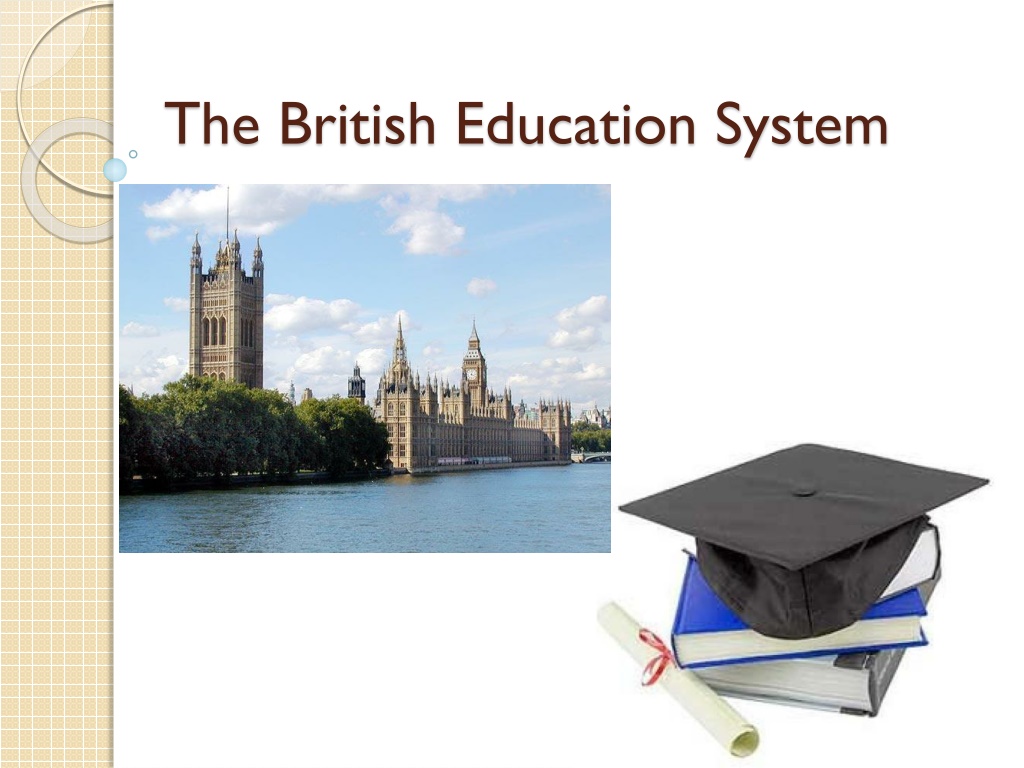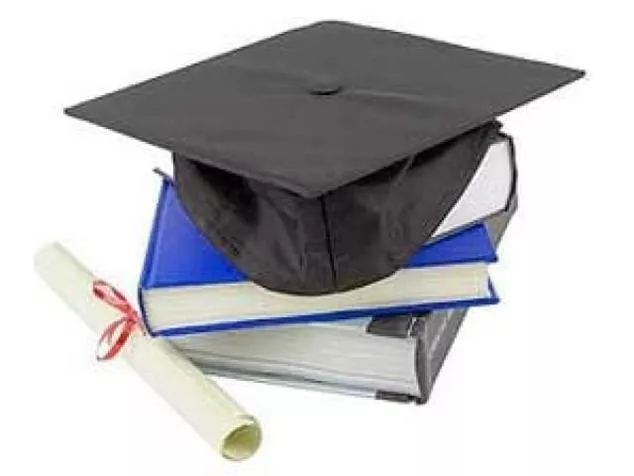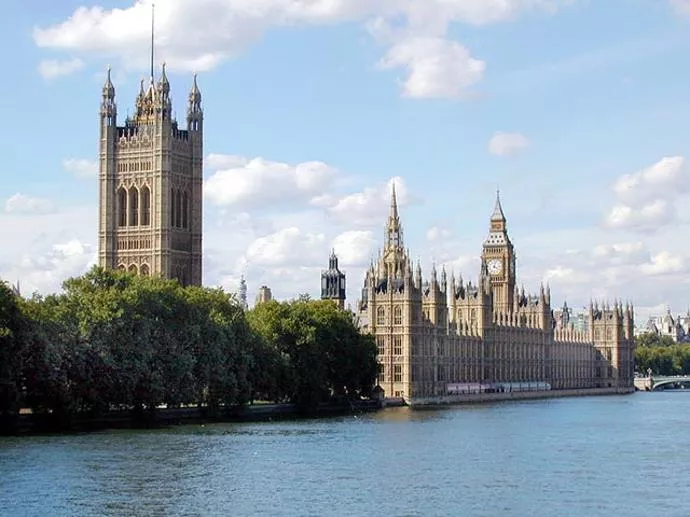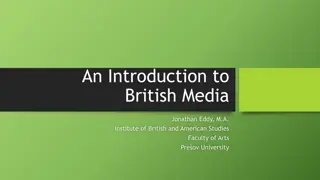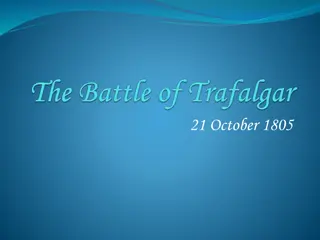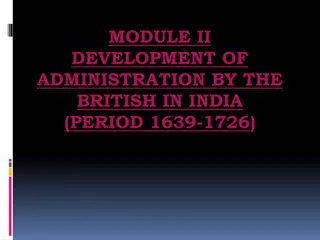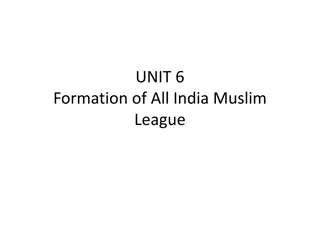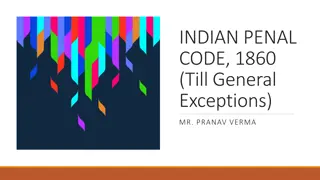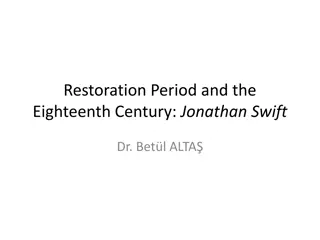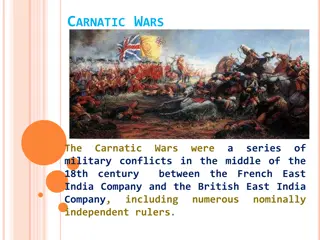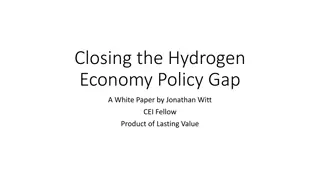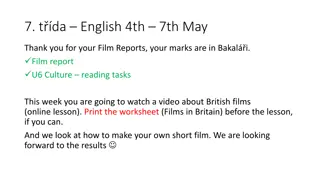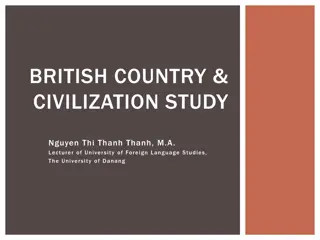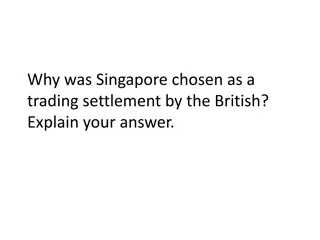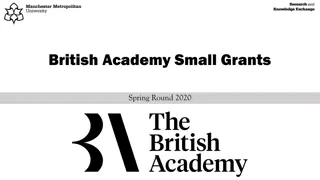Overview of British Education System
Nursery school serves very young children before compulsory education begins. Primary education focuses on basic literacy and numeracy, while comprehensive schools offer education for all abilities. Secondary education follows primary education and can lead to higher education or vocational training. Grammar and secondary modern schools in the UK differ in their focus.
Download Presentation

Please find below an Image/Link to download the presentation.
The content on the website is provided AS IS for your information and personal use only. It may not be sold, licensed, or shared on other websites without obtaining consent from the author.If you encounter any issues during the download, it is possible that the publisher has removed the file from their server.
You are allowed to download the files provided on this website for personal or commercial use, subject to the condition that they are used lawfully. All files are the property of their respective owners.
The content on the website is provided AS IS for your information and personal use only. It may not be sold, licensed, or shared on other websites without obtaining consent from the author.
E N D
Presentation Transcript
Nursery school A school for very young children, usually three or four years old(before compulsory education, which begins at the age of five).
Primary education Primary or elementary education is the first years of formal, structured education that occurs during childhood. In most Western countries, it is compulsory for children to receive primary education. Primary education generally begins when children are four to seven years of age. The division between primary and secondary education is somewhat arbitrary, but it generally occurs at about twelve years of age; some educational systems have separate middle schools for that period. Typically, primary education is provided in schools , where the child will stay, in steadily advancing classes, until they complete it and move on to secondary schooling. Children are usually placed in classes with one teacher who will be primarily responsible for their education and welfare for that year. This teacher may be assisted to varying degrees by specialist teachers in certain subject areas, often music or physical education. The continuity with a single teacher and the opportunity to build up a close relationship with the class is a notable feature of the primary education system. Over the past few decades, schools have been testing various arrangements which break from the one- teacher, one-class mold. The major goals of primary education are achieving basic literacy and numeracy amongst all their students, as well as establishing foundations in science, geography, history and other social sciences. The relative priority of various areas, and the methods used to teach them, are an area of considerable political debate. Traditionally, various forms of corporal punishment were an integral part of early education in the UK. This practice has now been outlawed in the UK.
Comprehensive school A large state secondary school for children of all abilities a single district, providing a wide range of education. Over 90% of all secondary school students attend comprehensive school. Comprehensive schools were introduced in 1965 to provide an equal secondary (11-18 years old) education.
Secondary education Secondary education, or secondary school, is a period of education which follows directly after primary education, and which may be followed by tertiary or "post- secondary" education. The purpose of a secondary education can be to prepare for either higher education or vocational training. The exact boundary between primary and secondary education varies from country to country and even within them, but is generally around the seventh to the tenth year of education, with middle school covering any gaps. Secondary education occurs mainly during the teenage years.
Grammar and Secondary modern schools in the United Kingdom Grammar schools are university preparatory schools, most of which have been replaced by comprehensive schools catering to students of all academic abilities. Secondary modern schools provide vocational education rather preparation for university entrance
Public schools in the UK A public school, in common British usage, is a school which is usually prestigious and historic, which charges fees, does not arbitrarily restrict admissions, and is financed by bodies other than the state, commonly as a private charitable trust. Often but not always they are boarding schools. Confusingly to a non- native English speaker a public school is actually a private school. In British usage, a government-run school is called a state school. Many of the independent schools in the UK do not refer to themselves as public schools . Many choose to use the term independent school. In part this is due to a sense that some 'minor' public schools have many of the social associations and traditions of public schools but without the quality of teaching and extracurricular activities.
School Exams At the age of16, prior to leaving school, students are tested in various subjects to earn General Certificate of Secondary Education(GCSE). If they wish to go on to higher education at a university, they take Advanced Level examinations, commonly known as A Levels. Scotland has comparable qualifications. About a third of British students leave school as soon as possible after turning 16, usually taking lower-level jobs in the workforce. Those who stay in school past the age of 16 may pursue either further education or higher education.
Higher education Higher education is education provided by universities and other institutions that award academic degrees. Higher education includes both the teaching and the research activities of universities, and within the realm of teaching, it includes both the undergraduate level and the graduate (or postgraduate) level. Higher education differs from other forms of post-secondary education such as vocational education. However, most professional education is included within higher education, and many postgraduate qualifications are strongly vocationally or professionally oriented, for example in disciplines such as law and medicine.
College 1. An independent institution of higher education within a university, typically at Oxford University or Cambridge University. 2. A specialized professional institution of secondary higher education, such as a college of music or a college of education. 3.The official title of certain public schools, such as Eton College.
Degrees and Graduation There is a three-level hierarchy of degrees ( Bachelor , Master , Doctor ) currently used in the United Kingdom. A graduate student is an individual who has completed a bachelor's degree (B.A., B.S./B.Sc., or another flavor) and is pursuing further higher education , with the goal of achieving a master's degree (M.A., M.S./M.Sc., M.Ed., etc.) or doctorate (Ph.D., Ed.D., D.A., D.Sc., D.M.A., Th.D., etc.)
